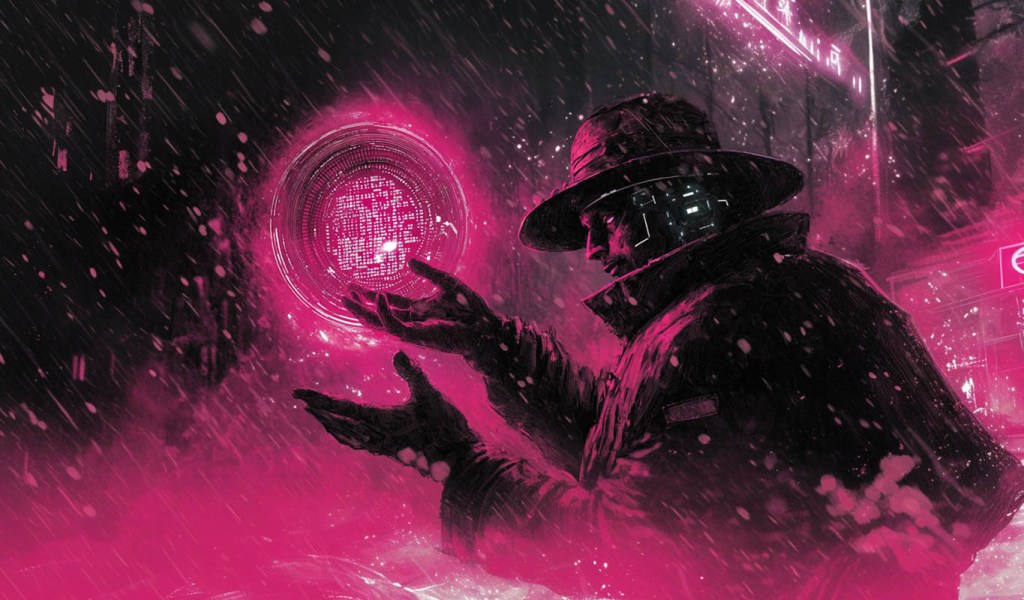
Bitcoin trading volumes reached unprecedented levels amid the market turmoil, while crypto hackers capitalized on discounted Ether.
Bitcoin transactions on crypto exchanges skyrocketed amid turbulent market conditions, marking a new all-time high in trading volume in the fourth cycle of Bitcoin halving.
On Aug. 5, numerous crypto traders suffered huge losses after having their positions liquidated due to falling prices of prominent cryptocurrencies, including Bitcoin (BTC), Ether (ETH) and Solana (SOL). As a result of the commotion, some crypto investors sold their Bitcoin holdings to minimize losses, while others chose to purchase the heavily discounted BTC at the $50,000 range.
According to Blockchain.com data, the total United States dollar value of trading volume on major Bitcoin exchanges exceeded $1.14 billion on Aug. 6, as shown below.















